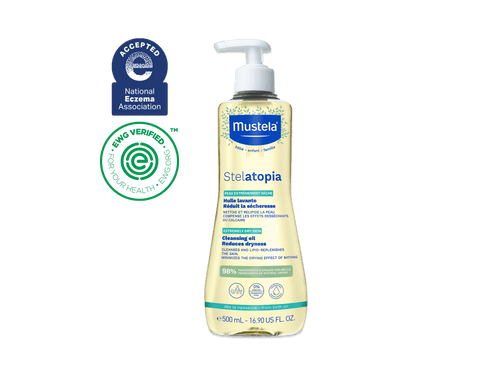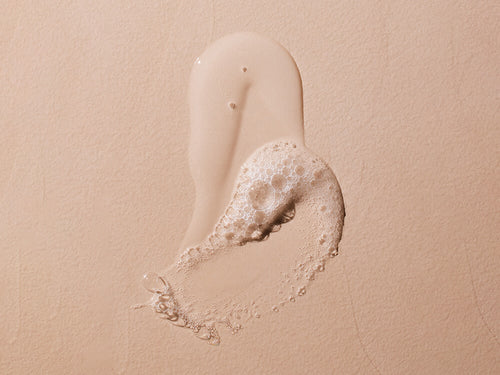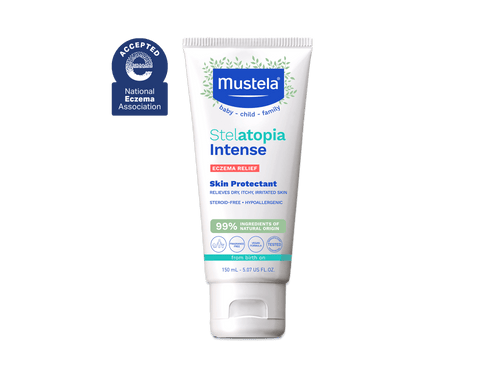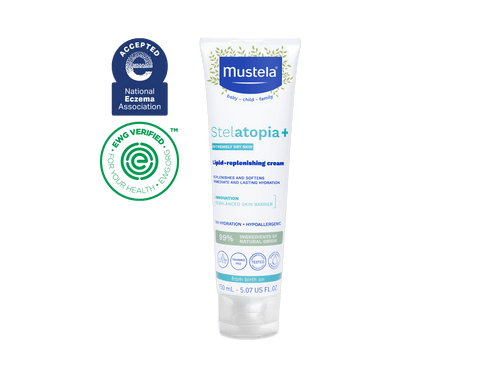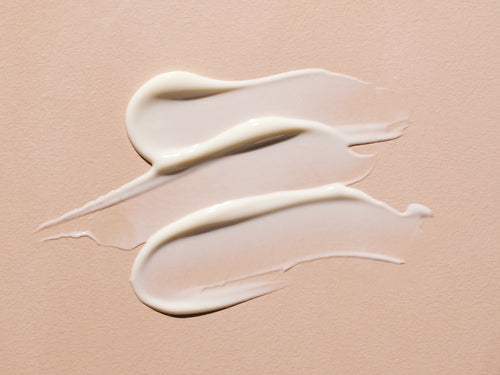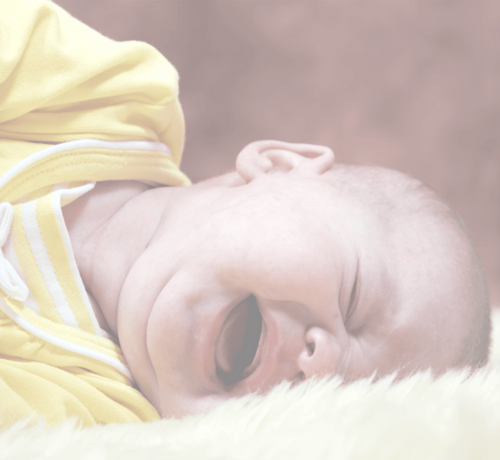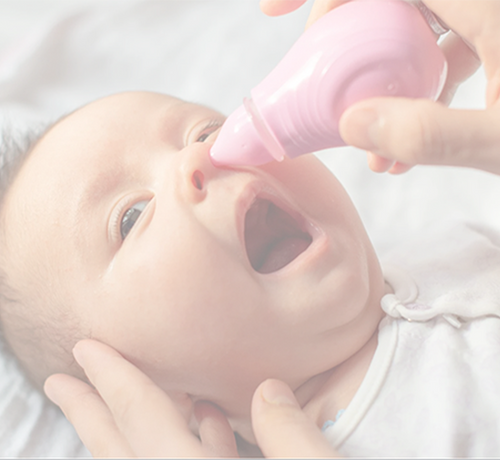Atopic eczema is an increasingly common skin problem that leads to extreme dryness, itchiness and skin discomfort that can be intense. Caused by genetic and environmental factors, it often appears at the age of three months then improves after a few years. Children who suffer from it, however, always have dry skin. Here's some helpful information on how to recognize and treat eczema-prone skin.

RECOGNIZE THE SIGNS
Dry, eczema-prone skin is deficient in lipids, a fatty substance that normally maintains the protective skin barrier. As a result, eczema-prone skin is more vulnerable to the elements. This vulnerability is caused by the immune system’s heightened sensitivity.
The following symptoms are typical of this skin disorder:
- The major symptom is extremely dry skin.
- It is also rough and has small, flaky patches.
- Red, dry and rough patches appear regularly or periodically, especially on the face, in skin folds (neck, elbow, back of knees) and on the extremities (hands, wrists, ankles).
- The skin is very itchy, sometimes to the point to disrupting sleep.
- Atopic dermatitis is more likely to occur among children with allergies, such as asthma, allergic rhinitis and food allergies.
TAKE THE RIGHT STEPS
If your baby shows signs of atopic dermatitis, it’s important to treat it. Appropriate treatment guided by your doctor will help improve your and your baby’s quality of life. Treatment involves the daily use of medications (if necessary) and specific dermo-cosmetic products. In addition, diet and hygiene can help relieve your baby’s condition:
Hygiene and Bathing
- Regularly cut your baby’s nails short to avoid scratching.
- Bathe your baby quickly (5 to 10 minutes) in warm water (36°C or 97°F), using special soap-free and fragrance-free cleansing products.
- Avoid using flannels.
- Dry the baby gently with a 100% cotton towel without rubbing.
- Each day after bath time, moisturize the baby’s skin with an appropriate emollient cream.
- For diaper-changing or washing your baby, use rinse-free cleansing water appropriate for atopic skin.
Home Environment
- Humidify rooms and avoid overheating them (no higher than 19 to 20°C or 66 to 68°F).
- Do not smoke.
- Frequently vacuum and air out the room, and banish dust and mites (from carpets, stuffed animals and so on).
- Avoid contact with pets.
Clothing
- Use 100% cotton underwear. Avoid wearing wool and synthetic materials directly on the skin.
- Use an appropriate laundry detergent and avoid fabric softeners.
- Dress your baby in Mustela's Stelatopia Skin Soothing Pajamas after using our Stelatopia bath and moisturizing products. Made with natural ingredients, these pajamas deliver skin-soothing moisture all night long.
Diet
- Breastfeed your baby as long as possible.
- Only start feeding the baby solid food at the age of 6 months.
- Delay the introduction of allergenic foods, such as eggs and certain types of fish



